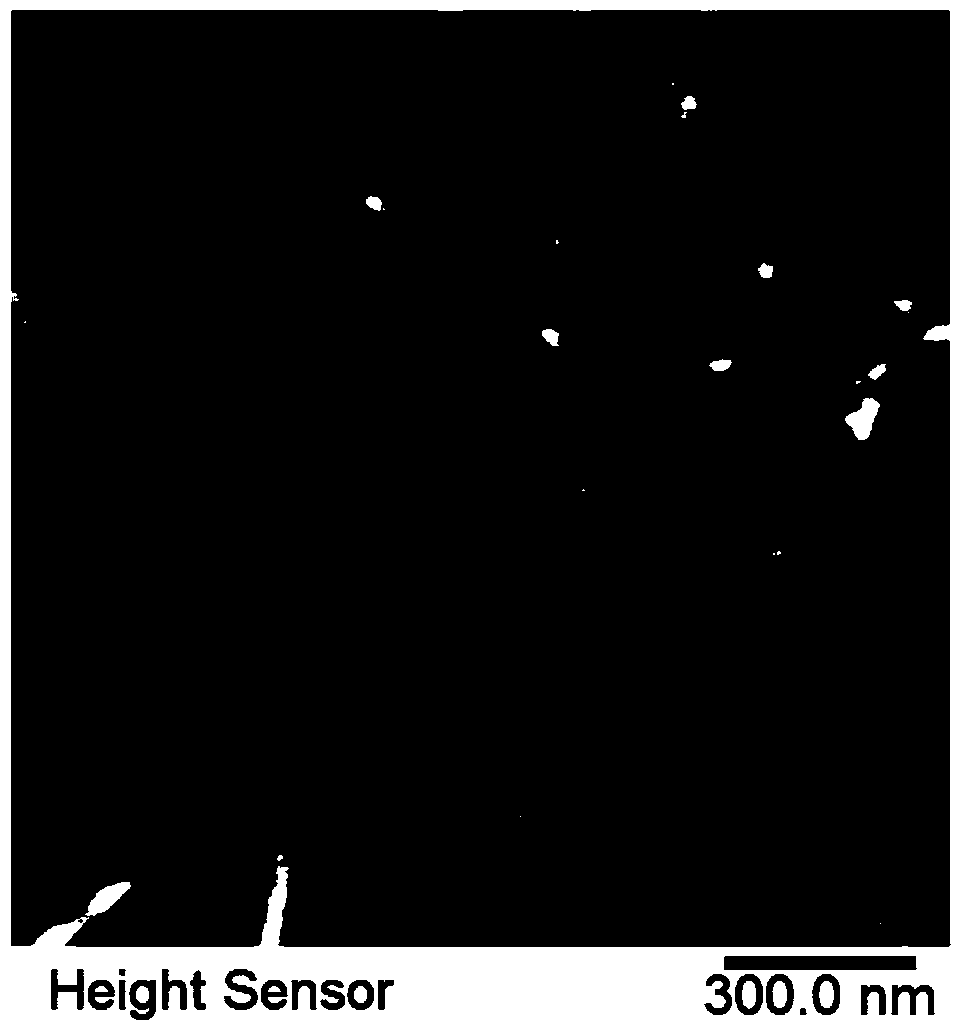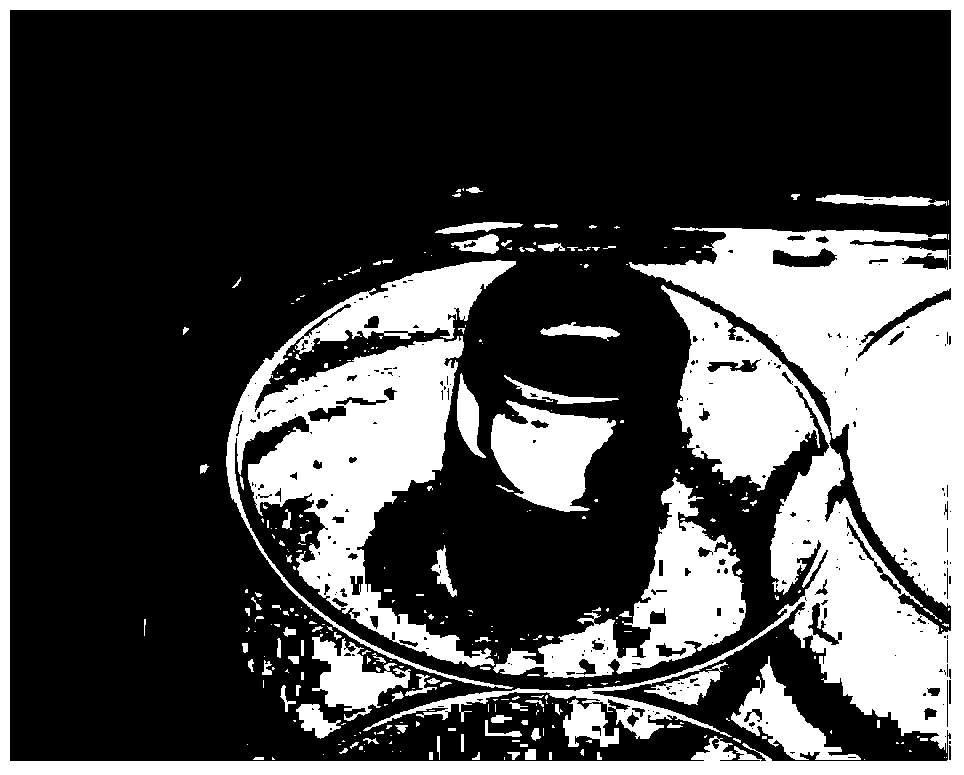Functional self-assembling nano peptide hydrogel
A Self-Assembling, Versatile Technology
- Summary
- Abstract
- Description
- Claims
- Application Information
AI Technical Summary
Problems solved by technology
Method used
Image
Examples
Embodiment 1
[0033] Embodiment 1, design and synthesis of polypeptide
[0034] 1.1. The sequence of ion-complementary self-assembled nanopolypeptide RADA16-I: Ac-(RADA) 4 -NH 2 , which can ensure the self-assembly of the peptide solution after mixing.
[0035] 1.2. The RGD short peptide sequence Arg-Gly-Asp widely exists in various extracellular matrix proteins such as cohesin, and specifically binds to integrin on the cell membrane, which is a key binding site for cell attachment. RADA16-I The carboxy-terminal synthetic functional fragment RGD short peptide sequence is the RGD functional polypeptide used in the present invention, and its sequence is Ac-RGD-(RADA) 4 -NH 2 .
[0036] 1.3. The VEGF mimic polypeptide fragment GGGGGKLTWQELYQLKYKGI, as an analogue of VEGF, mimics the helical region of 17-25 interval of VEGF. This region is capable of activating VEGF receptors, thereby activating VEGF-related cell signaling pathways including vascular endothelial cell proliferation. The ca...
Embodiment 2
[0038] Example 2, Preparation of Polypeptide Solution and Atomic Force Microscope Detection
[0039] The three synthetic peptide powders of RADA16-I, KLT and RGD were respectively dissolved in biological grade deionized ultrapure water to obtain three peptide solutions with a mass concentration of 10g / L (1%). Sonicate for 15 minutes to dissolve the peptide completely. After designing a large number of experimental groups to study the self-assembly gel effect of various ratio mixing methods, it was determined to mix according to the molar ratio of RADA16-I:KLT:RGD=2:1:1. Mix the aqueous solutions of RADA16-I polypeptide, KLT functional polypeptide and RGD functional polypeptide at a molar ratio of 2:1:1 and ultrasonically mix to obtain a mixed polypeptide solution (RADA16-I / KLT / RGD), which is ready to be used to prepare functional Self-assembling peptide hydrogels. The mixed polypeptide solution was quickly filtered and sterilized with a 0.22 μm sterile filter for use. After...
Embodiment 3
[0040] Example 3. Preparation of functional self-assembled polypeptide hydrogel and observation of gel microstructure by scanning electron microscope
[0041] 3.1. In order to assemble into a complete hydrogel with a certain shape, this study uses a transwell chamber to complete the self-assembly induced by saline solution. Put the required number of transwell chambers into a 24-well culture plate with 400uL of 0.01M PBS buffer per well, and put the culture plate in a 37°C incubator overnight to permeabilize the basement membrane of the transwell chambers. Then suck out the permeated liquid in the transwell chamber, add 100 μL of mixed polypeptide solution (RADA16-I / KLT / RGD) into the chamber, and then incubate at 37°C (this temperature can accelerate gel formation) for at least 1 hour to form a gel. After the gel was formed, take out a small chamber, carefully cut off the basement membrane and take out the gel, fixed with 2.5% glutaraldehyde for 30 minutes, dehydrated with gra...
PUM
| Property | Measurement | Unit |
|---|---|---|
| diameter | aaaaa | aaaaa |
| length | aaaaa | aaaaa |
| size | aaaaa | aaaaa |
Abstract
Description
Claims
Application Information
 Login to View More
Login to View More - R&D
- Intellectual Property
- Life Sciences
- Materials
- Tech Scout
- Unparalleled Data Quality
- Higher Quality Content
- 60% Fewer Hallucinations
Browse by: Latest US Patents, China's latest patents, Technical Efficacy Thesaurus, Application Domain, Technology Topic, Popular Technical Reports.
© 2025 PatSnap. All rights reserved.Legal|Privacy policy|Modern Slavery Act Transparency Statement|Sitemap|About US| Contact US: help@patsnap.com



